Click to view our Accessibility Statement or contact us with accessibility-related questions





PRODUCTS YOU MAY LIKE
Trending Posts in Mechanical Keyboards

dvorcol
Support for Alternative Layouts
This is a summary of how alternative layouts have been supported by kits such as Colevrak and Homing. It is not a discussion of alt layout performance and development, but if that interests you I highly recommend starting with Pascal Getreuer’s A guide to alt keyboard layouts (why, how, which one?). It’s a concise and comprehensive overview with links to some great sites that go deeper. He also has a separate Links about keyboards page. The Keyboard layouts doc he recommends explains layout goals and metrics in detail, summarizing the alt layouts discussed here as well as more than one hundred others. Sculpted-profile The majority of custom keycap sets are sculpted-profile (Cherry, SA, MT3, KAT, etc. - more on profiles generally here) so let’s start there. Because each row has a unique keycap shape, alt layouts require a unique keycap for each legend that moves off its QWERTY row. At first there were two The Dvorak layout was patented in 1936 by August Dvorak & William L....
Apr 23, 2024

CousinTimmy
Promo codes for stack Macropad v2
is there any promo codes right now that work with the STACK OVERFLOW THE KEY V2 MACROPAD? link:https://drop.com/buy/stack-overflow-the-key-v2-macropad?searchId=ead314359856d5486d35f4713cff32e9
Apr 23, 2024

Robbedoes
*Help* Screw in stabilizers not fitting in Dropshift V2 keyboard
I'm trying to build a mechanical keyboard with screw in stabilizers, I've build some mechanical keyboards with click-in stabilizers, never with screw in. Somehow one of the pins of the metal top-part collides with the screw in stabilizer of the numpad "enter key". I already tried grinding of a bit of the pin that collides with the stabilizer, but unfortunately I can't make it fit/close properly. You can see that the pin of the toppart leaves a mark on the bottompart of the stabilizer, see picture 2. What am I missing? Using Durock V2 in a Dropshift fullsize V2. See pictures below, thanks in advance!
Apr 23, 2024
Fukyachickennuggets
Polymer clay
Don't drop crazy cash on custom wood builds! Instead go buy polymer clay and paint. Then you can spend a ridiculous amount of time trying to make it look like you can afford to drop crazy cash on...
Apr 22, 2024
GrEEdYY
HELP PLEASE!
HELP PLEASE! I put noise insulation in the keyboard and after that it stopped working, the only sign of life is 5 blinks of orange light.can do something about it? model:DROP ALTv1
Apr 22, 2024

Durazell
Want to build a Clicky Mech Keyboard. Where to begin?
Hello all. Am brand new to the idea of building my own keyboard. Have not a clue where to begin this process. I am a Sim Game enthusiast. American Truck Sim, DCS Flight Sim and goes from there. Need some real help on where to start for making my own Full Size, Clickey Mechanical KB. I want each key to have its own backlighting. Are there keys that are better than others for this? Is there a great spot on site for a person who has never even taken a keyboard apart? Let alone fixed or built one? I would like it to fit my theme of Red and Black. Yet maybe have the option of changing things up a bit. Any help at all would be greatly appreciated. Thank you all kindly, Durazell
Apr 20, 2024
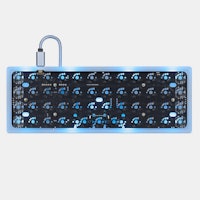
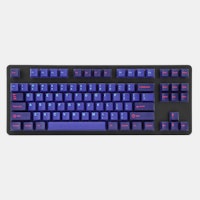
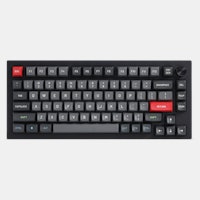
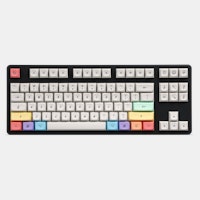
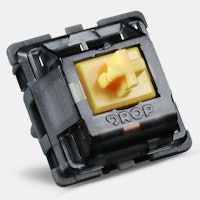
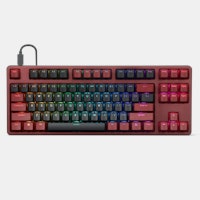
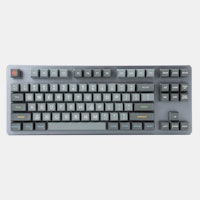

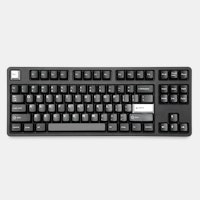
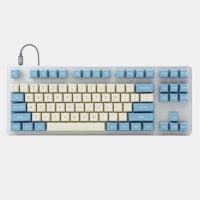
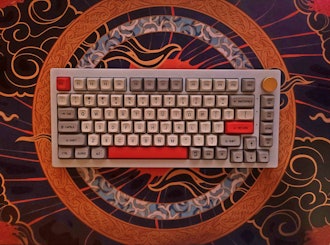
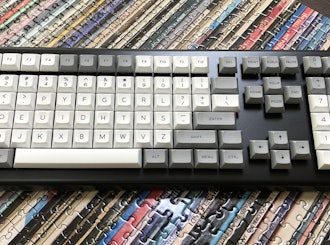
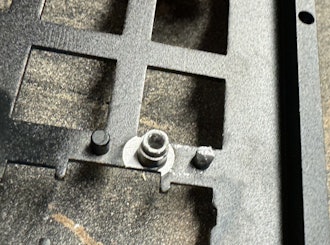
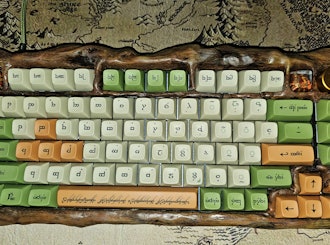
I quickly found that not all corners needed to be filed down, only the bottom left and the top right. It was at this point I started taking pictures (when I remembered) to better help out the community that helped me. (Although they aren't the best photos, I figured I could explain them in a good enough way.
The exaggerated teeth that I drew onto the picture are the parts that need to be filed down until they look like the picture (square). After filing down all the slots and putting the keys into them, I checked to make sure I didn't have any switches binding on my when I pressed them down. Then I put the keycaps on. This was probably the most tedious part of the whole build. Trying to figure out which keys went on what row was a nightmare. Especially since they all look the same.
This picture of my completed build shows which keys go where (I hope) I based the key placement on what made most sense compared to my other boards.
Finally I found my stabilizer didn't fit into the slot it was supposed to. I tried out how the board felt without the stabilizer and I figured I wanted it so I needed to do some modifications to the plate. I found the slots for the stabilizers were too narrow, so I decided to totally file off the tabs that where sticking out for no apparent reason. *ATTENTION* I purchased Cherry Blues with my board and have no idea how other switches are installed. If they need the tabs, obviously don't remove them.
Here is a picture of what I'm talking about. I filed off 3 of the 4 tabs at this point. It allowed me to easily fit the stabilizer through the slots. Make sure you file off all 4!
At this point I put the whole thing together (still no soldering) and tested every single key with keycap, making sure they worked as expected. If one of your keys doesn't work quite right, you will need to pop out the key and file down some more. Don't be afraid to really push on the key if it's stuck. As long as you're pushing on only plastic, and changing where you push every so often so nothing gets twisted, you should be able to get them out.
After that I put the pcb back on and made sure all my pins were through the holes they were supposed to be. The one thing I didn't want to do is go back and unsolder because I had a bent pin hiding under the board. After checking for that I started soldering. Definitely find a good ventilated place. I thought I was but it wasn't good enough I feel. A tip I picked up that might be helpful is to add more solder than you think you are going to need. At least for me, I was worried about using too much solder and having it flow onto the board. About half way through I found that as long as I wasn't completely overdoing it, more was better. Also, keep the iron on the connection for about a second or two after removing the solder to give it that nice cone-like connection. My final step was to just go through my soldering and make sure I didn't mess up, which I did, and fix it. If you didn't get enough soldering in for a good connection, reheating the solder that is already there, and add more until satisfied. At this point you should be able to rest the pcb inside the casing and plug it in to see if it works correctly. If it does you can then take off some of the keycaps (use a key remover if you have one!) and screw the board to the case. BAM! You have a brand new working keyboard! Congratulations!